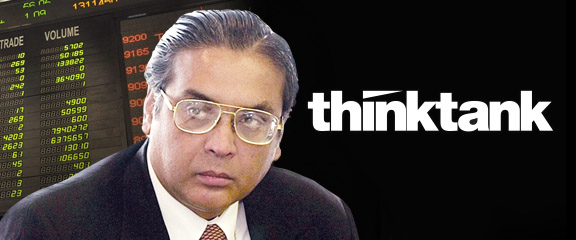There has been a sudden and unanticipated change in the economic scenario for Pakistan since the beginning of the ongoing financial year, 2021-22. The previous year had closed with many positive outcomes on the economic front. The economy had moved on to the recovery path after the negative growth in 2019-20 and achieved a GDP growth rate of almost 4 percent. Inflation rate had come down to a single-digit rate.
The biggest improvement was in the current account of the balance of payments with the deficit down to only 0.6 percent of the GDP by the end of the year. Consequently, foreign exchange reserves had risen by over $5 billion during the year and were enough to provide import cover for over three months. Success was also achieved on the budgetary front with the deficit remaining restricted to the targeted level of 7.1 percent of the GDP, well below the peak deficit of 8.9 percent of the GDP in 2018-19.
Therefore, the federal budget for 2021-22 has been presented in an optimistic and expansionary framework to achieve a growth rate of almost 5 percent, after a gap of four years. The primary element in the strategy for stimulating the economy is a quantum jump in public development spending of over 73 percent, the highest ever targeted increase in any budget. This is to be financed with handsome growth of 24 percent in federal tax revenues and 22 percent in non-tax revenues, such that despite the big, proposed jump in development expenditure, the overall fiscal deficit will come down to 6.3 percent of the GDP from over 7 percent of the GDP in 2020-21.
Monetary policy also remains expansionary in character with large post-Covid-19 special financing packages and a relatively low SBP policy rate of 7 percent. Consequently, money supply had increased by over 16 percent in 2020-21.
The change in the outlook for the economy was first signalled by the quantum jump in the current account deficit to $2.3 billion in the first two months of 2020-21, with the deficit in one month reaching the extremely high level of $1.5 billion in August. Imports during these two months have risen by an unbelievable 68 percent. This is the consequence of the peak in commodity prices, which had been rising since the beginning of 2021, fuelled by the extremely expansionary monetary and fiscal policies at the global level, especially by the US in response to Covid-19. For example, in relation to the corresponding period of last year, the prices of items like palm oil, pulses, and crude oil have gone up by 85 percent, 45 percent and 81 percent respectively. Also, import volumes have returned to or exceeded pre-Covid-19 levels.
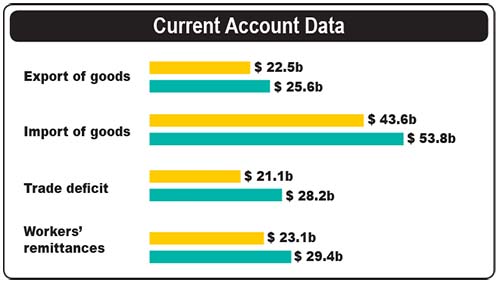
The process of rising international prices is likely to continue for some time. Already, the price of crude oil has approached $80 per barrel on 28 September, the highest in three years. Exports have also responded positively to the rising prices and have increased by 35 percent in the first two months. But exports are only half of imports and the latter have increased more rapidly. Consequently, the trade deficit in goods has more than doubled.
The change in market perceptions about the outlook for the economy has also been accelerated by events in Afghanistan. Given the acute shortage of dollars, Afghanistan is unable to pay for the almost $100 million dollars of monthly imports from Pakistan. Also, dollars are being purchased for use in Afghanistan in the open market. Currently, the divergence between the inter-bank and the open market exchange rate has increased to Rs. 2 per dollar and the former rate has fallen below Rs. 170 per dollar. This represents a decline of 8 percent since end-June.
The stock market has also started plummeting and has fallen by over 6 percent in the month of September. A worrying development is the significant withdrawal of $183 million from the foreign currency accounts in one week from the 10th to the 17th of September. Meanwhile, the SBP has started raising the policy rate, initially by 25 percentage points. Also, steps have been taken by the SBP to limit the flow of car loans and personal advances.
The fundamental question is what should the federal government, especially the Ministry of Finance, do in the emerging situation?
The government is probably most concerned about the persistent increase in prices, especially of imported items. The political costs of high inflation are increasing. But it finds itself in a very constrained position. Already, to insulate the people from rising petrol prices, the petroleum levy has been brought down to between Rs. 2 to Rs. 5 per litre. The budgetary target of revenues from the levy is Rs. 610 billion. There could be a shortfall of over Rs. 500 billion by the end of the year. Also, rising interest rates will add to the cost of debt servicing. Therefore, there is unfortunately not much fiscal space for providing significant relief to the poor. The only feasible option is cash transfer to 14 million poor families from the Ehsaas Programme, for which the budgetary provision is Rs. 252 billion.
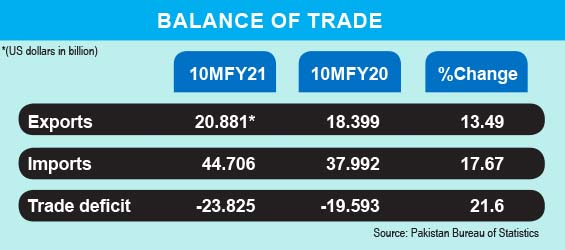
Simultaneously, there is another very big issue. This is the relationship with the IMF. The sixth review of the on-going EFF is due in early October. Pakistan finds itself between the devil and the deep blue sea. The external financing requirements in 2021-22 are substantially larger, not only because of the likelihood of a much larger current account deficit but also due to the jump in repayments on external public debt to $9 billion this year. In the absence of the IMF, multilateral concessional financing will largely dry up and Euro/Sukuk bonds and loans from international commercial banks will carry much higher interest cost. If Pakistan exits from the IMF programme, massive squeezing of imports and big rollover of debt repayment obligations will be required.
However, after the agreement in March on prior actions, performance criteria and structural benchmarks, the government, following the change at the top in the Ministry of Finance, has largely reneged on these commitments up to now. Full autonomy was to be granted to the SBP, the electricity tariff was to be increased by Rs. 4.95 per kwh to control the rise in the circular debt, the petroleum levy raised to Rs. 30 per litre, income tax and sales tax reforms implemented in the 2021-22 budget and so on. The status is no implementation or only partial implementation in these areas.
The likelihood of obtaining waivers as in the previous IMF programme is not high. Therefore, these reforms will have to be implemented and the programme review may remain suspended till this happens. The additional complicating factor is the likelihood of a much larger current account deficit this year. A critical issue is the size of this deficit that the government will agree in the negotiations with the IMF. Any deficit below $9 billion will require draconian actions to curb imports.
The Finance Minister has recently made a statement that Pakistan remains committed to the IMF Programme. Therefore, the sequencing of implementation of the required reforms needs to be finalised. Enhancement of the power tariff and the petroleum levy will have drastic inflationary consequences.
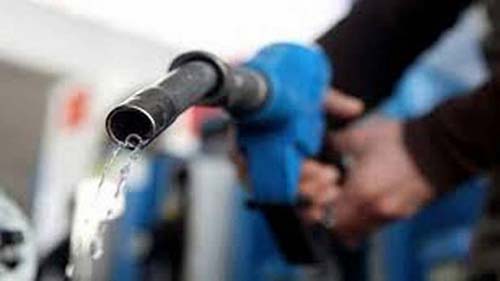
The issue remains of which policy instruments to use to control the current account deficit. The Finance Minister has indicated the resort to change in import margins and imposition of regulatory duties on non-essential imports, primarily consumer goods. This will have only a limited impact.
A judicious balance will need to be achieved between the extent of devaluation of the rupee and the increase in the policy rate of the SBP. The former will add more to inflation while the latter will have a larger negative impact on growth. There is the risk now that the GDP growth rate could fall below 4 percent and inflation rise to a double-digit rate.
Given the need to abandon expansionary policies in the face of rising imports, an appropriate step will be a big cutback in the federal PSDP and the provincial ADPs. A cut of up to Rs. 500 billion will be necessary to compensate for the loss in revenues from the petroleum levy and to keep the budget deficit target at 6.3 percent of the GDP. However, there will still be an over 25 percent increase in total development spending.
There is no doubt that the government is faced with a quagmire simultaneously on the diplomatic, political, and economic fronts. We hope and pray that it will skilfully take us out of this very difficult situation.
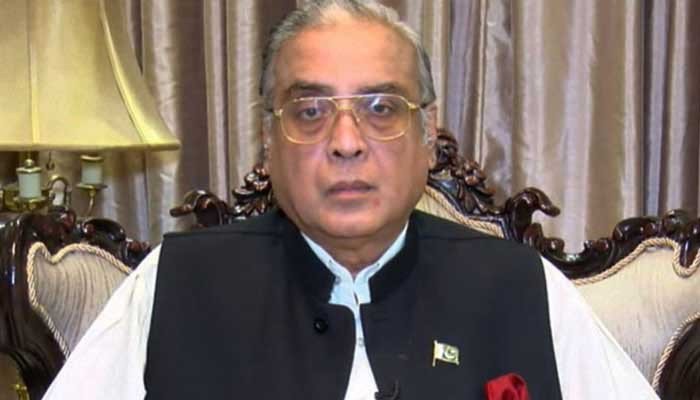
The author is Professor Emeritus at Beaconhouse National University and a former Federal Minister.


